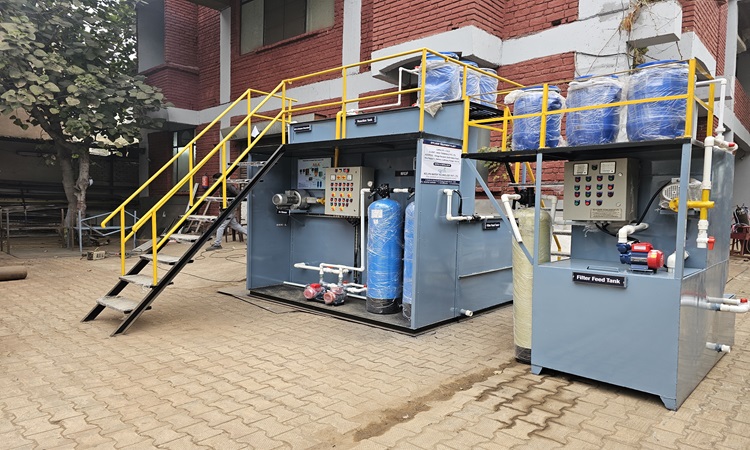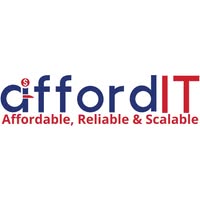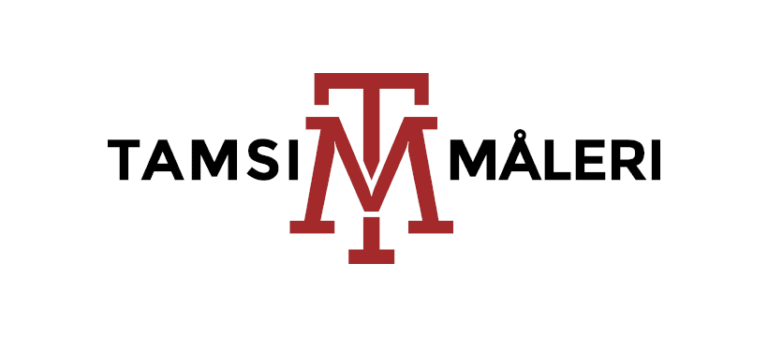
Effluent Treatment Plants (ETPs) are critical infrastructure for industries and commercial establishments that generate wastewater as a byproduct of their operations. The main purpose of an ETP is to treat industrial wastewater, remove pollutants, and ensure that the discharged water meets environmental standards. Proper treatment not only protects the environment but also helps organizations comply with regulatory requirements and promotes sustainable water use.
What Is an Effluent Treatment Plant?
An Effluent Treatment Plant (ETP) is a facility designed to treat industrial wastewater before it is released into water bodies or reused in processes. Unlike municipal sewage treatment plants, which primarily deal with domestic wastewater, ETPs focus on removing chemical pollutants, heavy metals, and industrial residues. Industries such as textiles, pharmaceuticals, chemicals, and food processing often rely on ETPs to manage their wastewater efficiently.
Why Are Effluent Treatment Plants Important?
Effluent treatment plants play a vital role in:
- Environmental Protection: Untreated industrial effluent can contaminate rivers, lakes, and groundwater. ETPs prevent the release of hazardous substances into the environment.
- Regulatory Compliance: Industries must comply with CPCB and state pollution control board standards. ETPs ensure effluent discharge meets permissible limits.
- Water Reuse: Treated effluent can be reused for cooling, irrigation, or industrial processes, reducing dependency on freshwater.
- Health and Safety: By treating wastewater, industries prevent waterborne diseases and chemical hazards that can affect workers and nearby communities.
How Does an Effluent Treatment Plant Work?
ETPs typically involve multiple stages of treatment to ensure the effluent meets discharge standards. The process can be categorized into primary, secondary, and tertiary treatment stages:
- Primary Treatment
The first step involves physical separation of solids from the wastewater. This stage includes:
- Screening: Removing large debris like plastics, rags, and other solids.
- Grit Removal: Settling sand, gravel, and other heavy particles.
- Sedimentation: Using tanks to allow suspended solids to settle at the bottom.
- Secondary Treatment
Secondary treatment focuses on biological processes to remove dissolved organic matter. Common methods include:
- Activated Sludge Process: Microorganisms digest organic pollutants in aeration tanks.
- Trickling Filters: Wastewater passes over a bed of media where biofilm consumes organic matter.
- Sequencing Batch Reactors (SBR): Treat wastewater in batches, combining aeration and sedimentation in the same tank.
- Tertiary Treatment
Tertiary or advanced treatment ensures the effluent is polished and safe for discharge or reuse. Methods include:
- Filtration: Removing remaining suspended solids using sand filters or membranes.
- Chemical Treatment: Using coagulants, flocculants, or pH adjustment to remove specific contaminants.
- Disinfection: Chlorination or ultraviolet (UV) treatment to eliminate harmful microorganisms.
Types of Effluent Treatment Plants
ETPs are designed based on industry type, wastewater volume, and pollutant characteristics. Some common types include:
- Zero Liquid Discharge (ZLD) ETPs: Ensure no liquid waste is discharged, recovering water completely for reuse.
- Chemical Treatment Plants: Used for industries producing chemical-laden effluent.
- Biological Treatment Plants: Focus on organic effluents, common in food, beverage, and pharmaceutical industries.
- Modular/Compact ETPs: Prefabricated units suitable for small-scale operations or space-constrained industries.
How Do ETPs Integrate With Other Water Treatment Systems?
Modern industrial operations often integrate ETPs with STPs, RO systems, or ZLD plants to maximize water recovery and reduce environmental impact:
- STP Integration: Domestic wastewater from the facility can be treated alongside industrial effluent for comprehensive water management.
- RO Integration: Reverse osmosis ensures high-quality water for reuse in cooling towers, boilers, or cleaning processes.
- ZLD Integration: Combined with ETPs, ZLD systems recover all water and reduce effluent discharge to zero, aligning with sustainability goals.
Benefits of Effluent Treatment Plants
Installing and maintaining an ETP provides multiple advantages:
- Regulatory Compliance: Meets environmental laws and avoids legal penalties.
- Water Conservation: Recycled water reduces dependency on freshwater, especially important in water-scarce regions.
- Environmental Responsibility: Reduces pollution and protects local ecosystems.
- Cost Efficiency: Long-term savings from water reuse and reduced wastewater charges.
- Improved Corporate Image: Demonstrates commitment to sustainability and responsible environmental management.
About Kelvin Water Technologies
Kelvin Water Technologies Pvt. Ltd. is a leading provider of ETP solutions in India, offering customized systems for industrial and commercial wastewater treatment. Their services include:
- Design & Installation: Tailored ETP systems based on effluent characteristics and industry requirements.
- Automation: Real-time monitoring and control for optimized performance and energy efficiency.
- Integration: Solutions compatible with STPs, RO systems, and ZLD setups for maximum water recovery.
- After-Sales Support: Comprehensive maintenance and troubleshooting services to ensure long-term performance.
Conclusion
Effluent Treatment Plants are essential for industrial wastewater management, ensuring compliance with regulations, environmental protection, and water sustainability. With advanced technologies and expert consultancy, industries can effectively treat their effluent, recycle water, and minimize their environmental footprint.
For expert ETP solutions, design, installation, and maintenance, contact Kelvin Water Technologies Pvt. Ltd. today to implement efficient and sustainable wastewater management systems.



